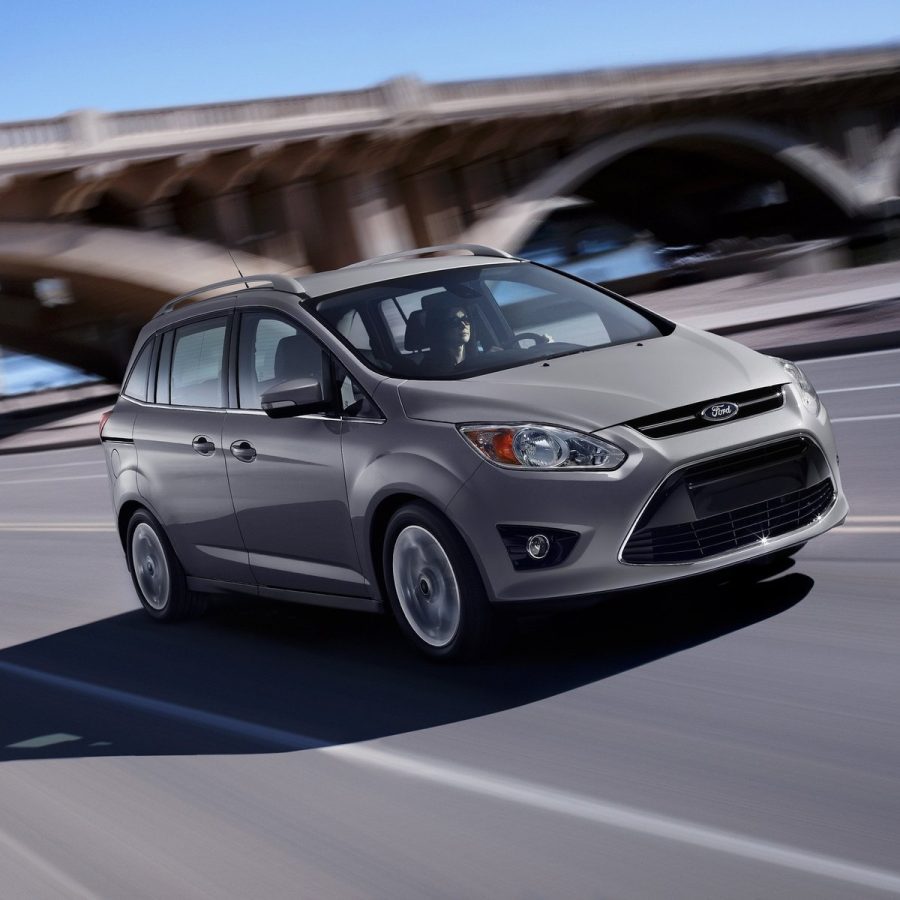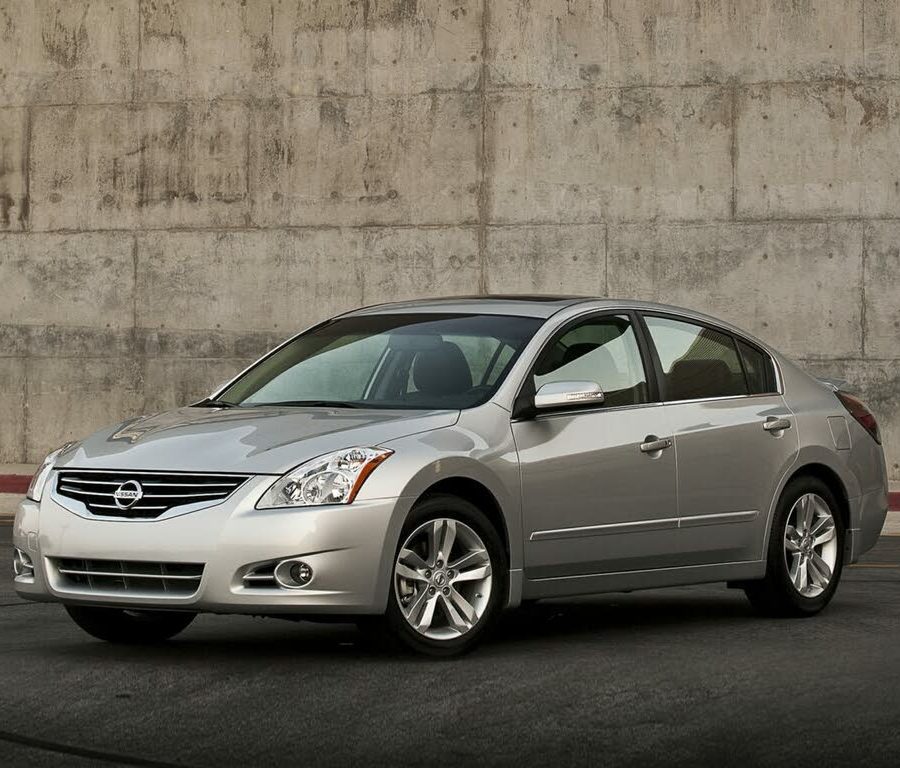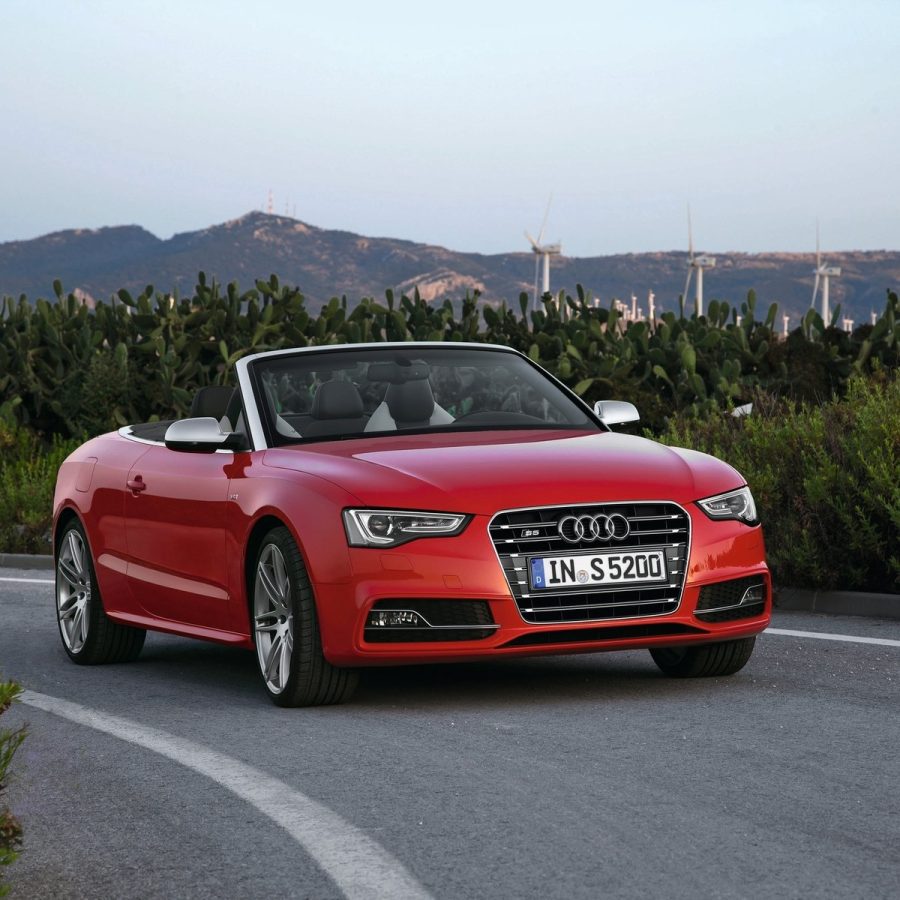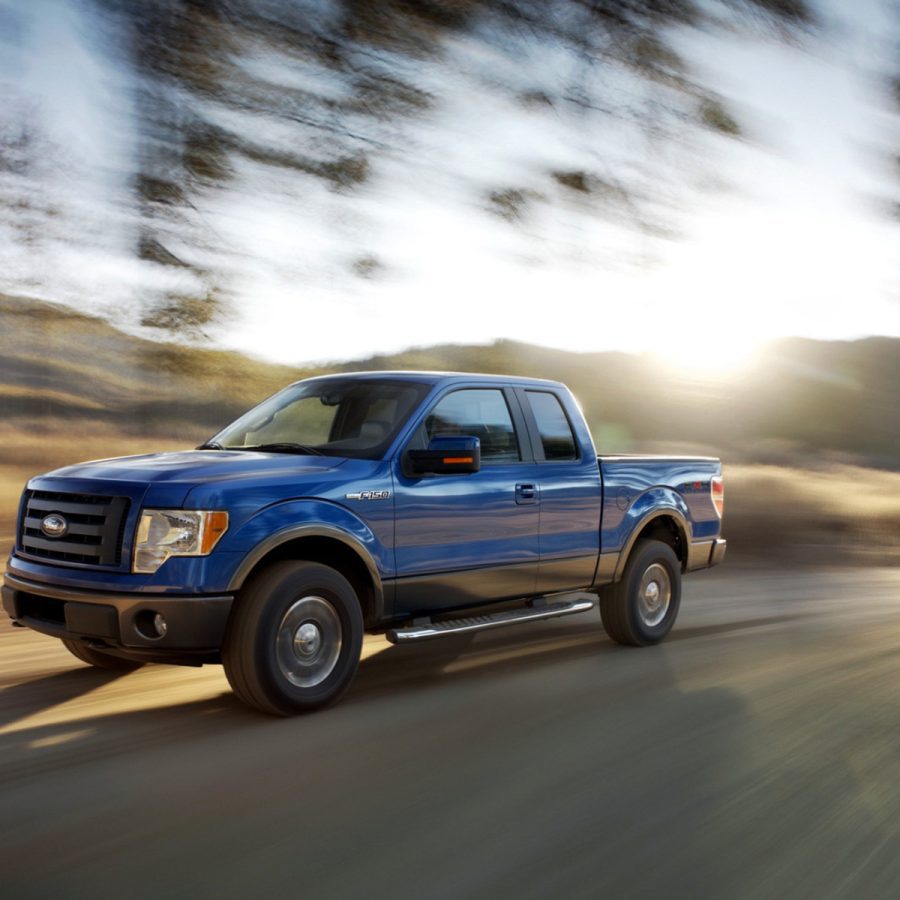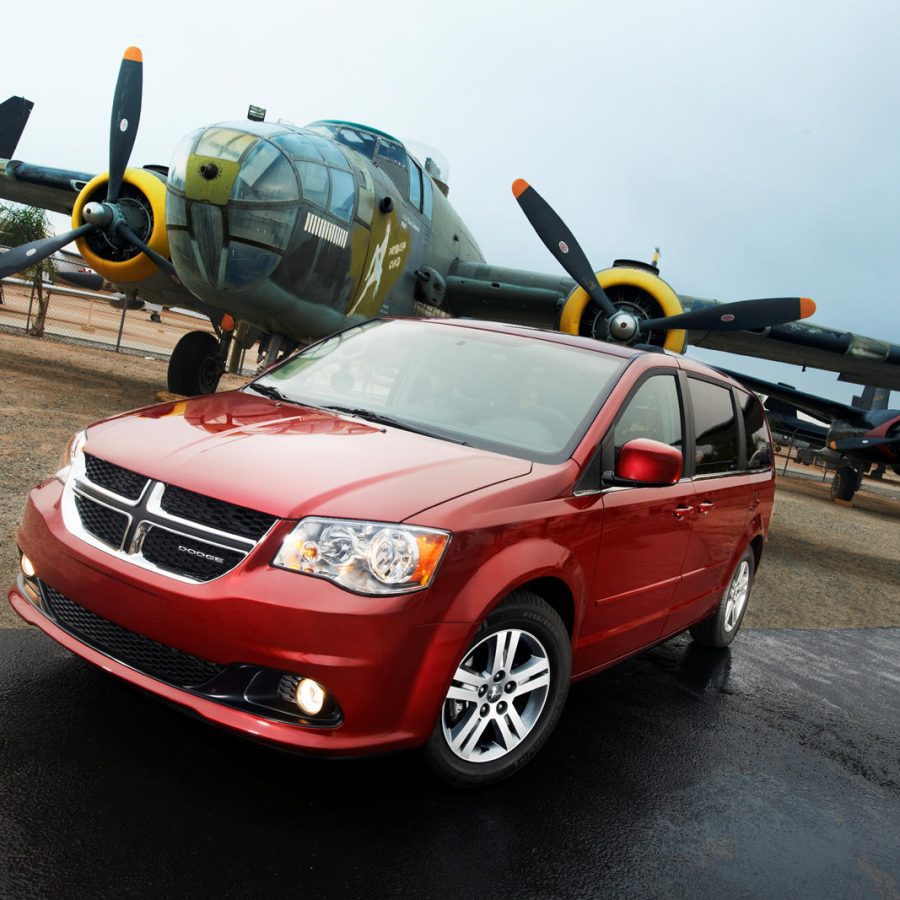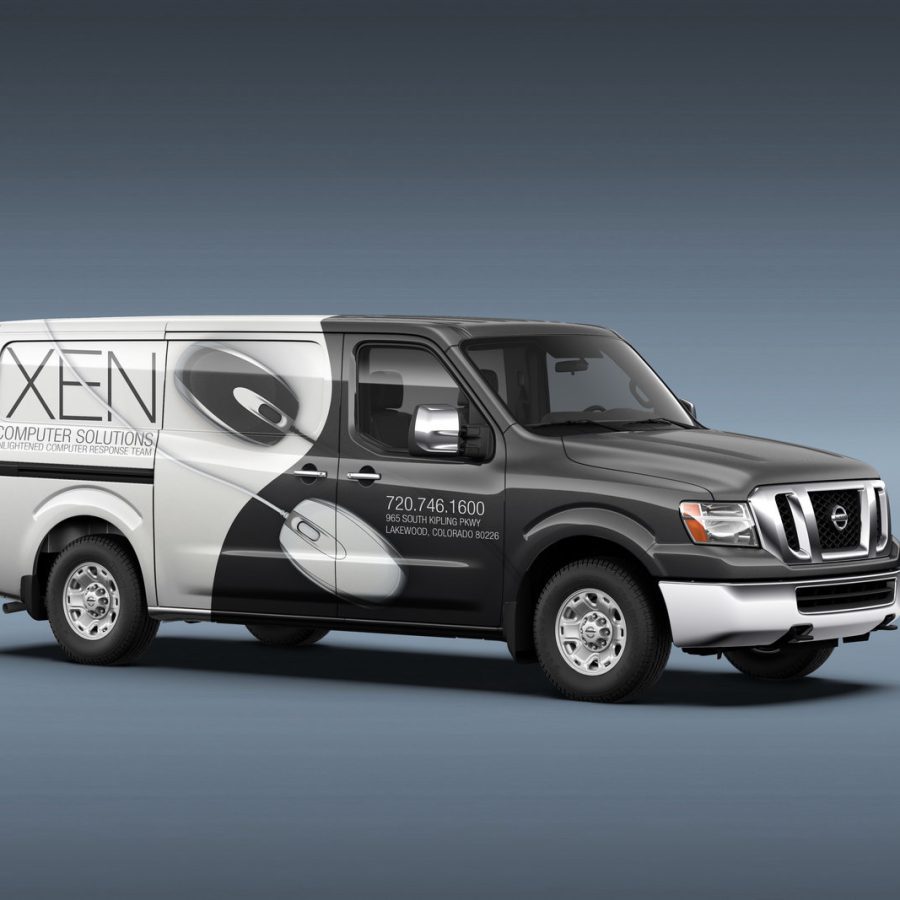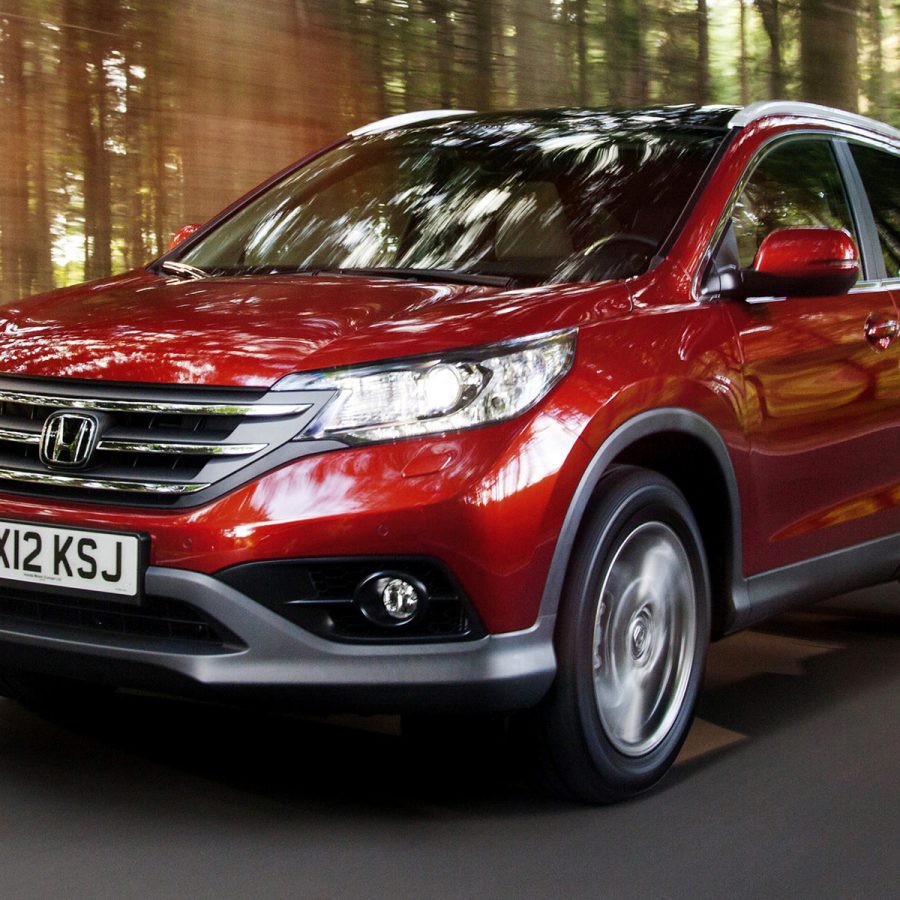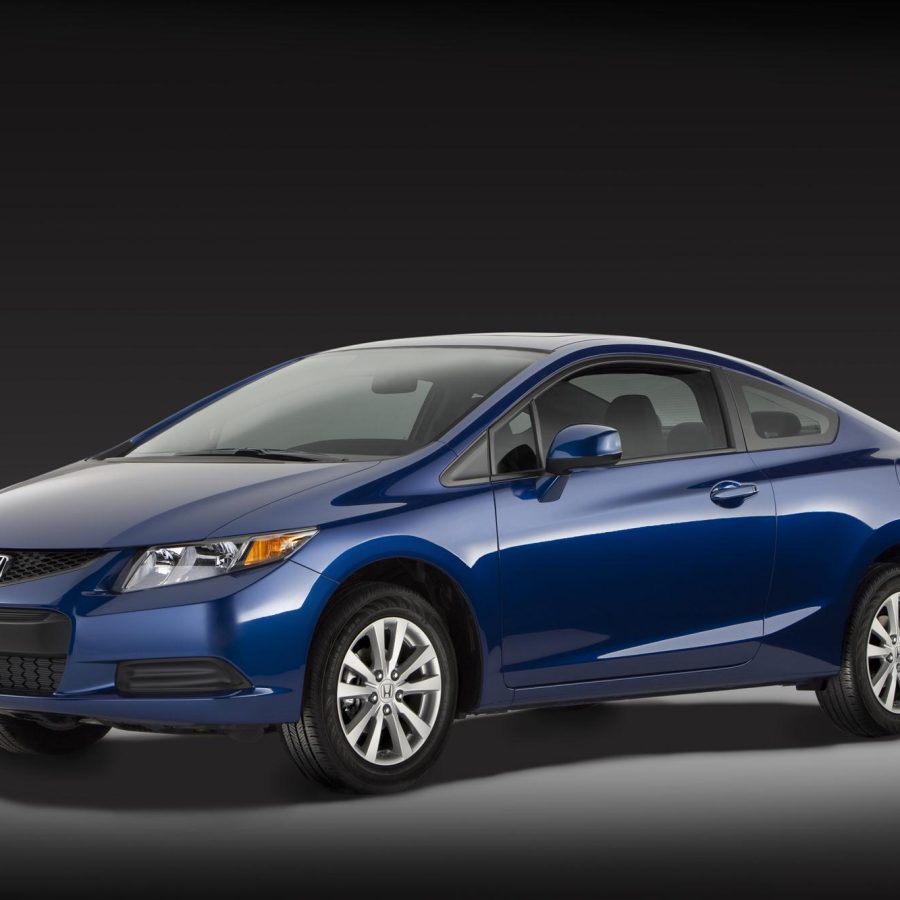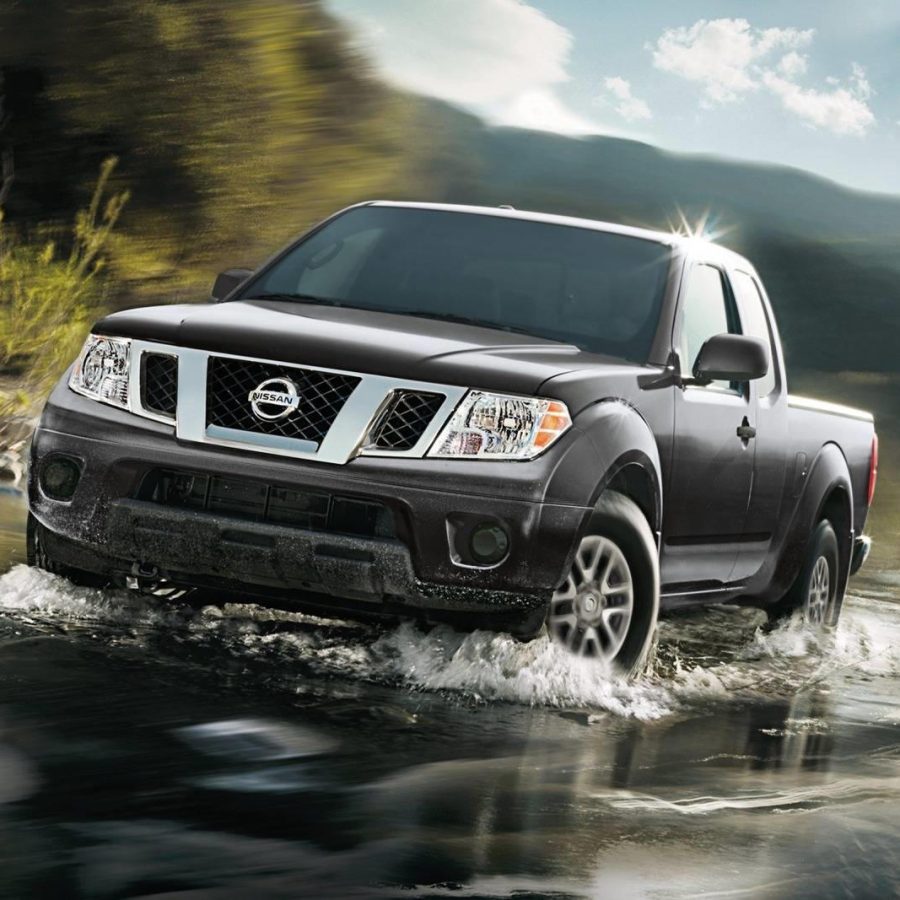2012 U.S Automotive Sales Research
In 2012, the U.S. auto industry maintained its recovery trajectory, further distancing itself from the economic downturn and challenges of previous years. As the economy gradually strengthened, so did consumer confidence, influencing various trends and shifts in the auto sector. U.S. auto sales reached nearly 14.5 million units in 2012, marking a notable increase from the 12.8 million units sold in 2011. This continual growth indicated a strengthening economy and rebounding consumer confidence. With fluctuating fuel prices and more stringent fuel-economy standards set by the U.S. government, automakers continued to prioritize fuel-efficient vehicles. Many introduced or updated compact and subcompact models, and advanced technologies like direct injection, turbocharging, and start-stop systems became more widespread. The crossover segment, particularly compact crossovers, witnessed substantial growth. Their combination of car-like drivability, improved fuel efficiency, and versatile utility made them increasingly popular among consumers. While the market share for pure electric vehicles (EVs) remained modest, interest and development in the segment persisted. More plug-in hybrids and conventional hybrids entered the market, and manufacturers worked to improve infrastructure and decrease EV charging times. Both General Motors and Chrysler demonstrated strong performances in 2012, showcasing the effectiveness of their post-bankruptcy restructuring. New models, improved quality, and positive financial results highlighted their resurgence. After the production and supply chain disruptions of 2011 due to the Japanese earthquake and tsunami, Japanese automakers like Toyota and Honda rebounded strongly in 2012, regaining lost market share and introducing key models.


